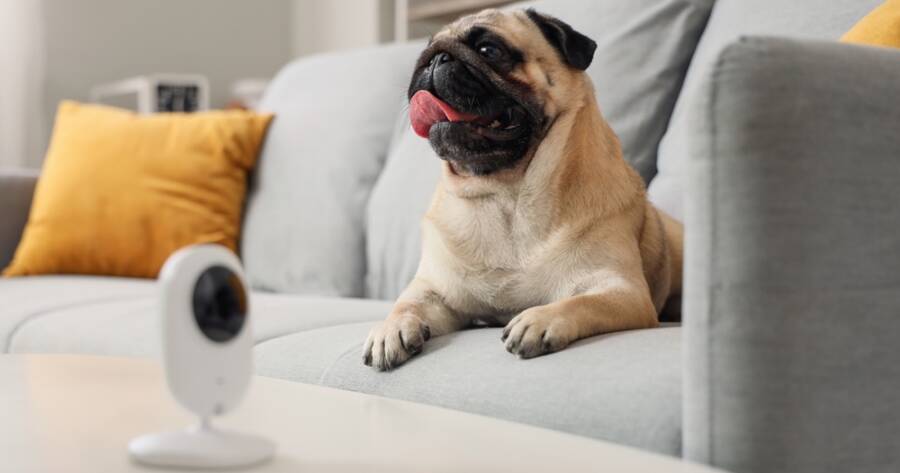A DIY smart home security system combines modern technology and strategic planning, providing homeowners with an affordable and customizable way to protect their property. With essential components and straightforward installation, these systems offer flexibility, especially for renters. Explore how these systems integrate with smart home devices and review top market recommendations for optimal home security.
How to Set Up a DIY Smart Home Security System
Creating a DIY smart home security system is a practical and fulfilling project for any homeowner. By using a combination of modern technology and strategic planning, homeowners can protect their property, ensuring peace of mind without breaking the bank. DIY systems offer ease of installation and customization without contractual obligations. This flexibility makes them especially attractive to renters or those planning a move thanks to portability without restrictions.
Essential Components of a DIY System
A comprehensive DIY smart home security setup usually includes alarm systems, sensors, control panels, security cameras for both indoor and outdoor surveillance, and smart locks for remote access. To cover additional safety concerns, systems can be augmented with smoke, flood, or monoxide detectors. These components collectively ensure a versatile system that can adapt to various security needs and setups.
Planning and Setup Considerations
Successfully planning a DIY smart home security system begins with assessing the home’s entry points and overall security needs. Evaluating factors like budget and desired level of coverage is crucial for dictating the system’s complexity. Beginners might start small with basic elements like doorbell or outdoor cameras, which are easy to scale up as confidence and needs grow.
Installation Process
The installation process for a DIY smart home security system is streamlined with step-by-step guides and user-friendly resources. Companies like A3 Smart Home offer kits that come pre-assembled and custom-programmed to simplify setup. These kits often include user manuals, setup guides, and videos to assist users in completing the installation. Essential tools for setup usually include screwdrivers, a smartphone or computer, and possibly a ladder if cameras are involved.
Integration with Smart Home Systems
Integrating a DIY security system with a smart home setup through devices like voice assistants or automated lighting systems enhances functionality by allowing remote monitoring and control. This is particularly beneficial for those interested in comprehensive home automation and monitoring through encrypted networks. Interconnectivity between systems offers numerous possibilities for a fully integrated smart home ecosystem.
Top DIY Security System Recommendations
Several DIY security systems stand out in the market for their ease of use and comprehensive features. SimpliSafe is praised for its quick installation, affordability, and flexible monitoring options, which are ideal for beginners. ADT Self Setup stands out for combining Google Nest cameras with ADT sensors, allowing for robust professional monitoring. Abode offers extensive customizability with third-party integration, catering to tech-savvy users interested in home automation through varied safety sensors.
Optimizing and Maintaining the System
Proper installation and regular maintenance are crucial to ensure a DIY system’s effectiveness. Homeowners should frequently test all components and address any issues that arise to maintain seamless functionality. Downloadable resources, such as user manuals and online videos, are invaluable for troubleshooting and optimizing performance. Customer support is readily available from most providers to assist with any troubleshooting for continuous system reliability.
Why You Should Learn More About Smart Home Security
A DIY smart home security system offers more than just protection—it enhances the quality of life by providing peace of mind and remote convenience. Understanding the various elements and how they interact can transform a house into a smart, secure home. Diving deeper into this subject can equip homeowners with the knowledge to tailor their systems precisely to their lifestyle, making it a worthy investment of time and resources.

